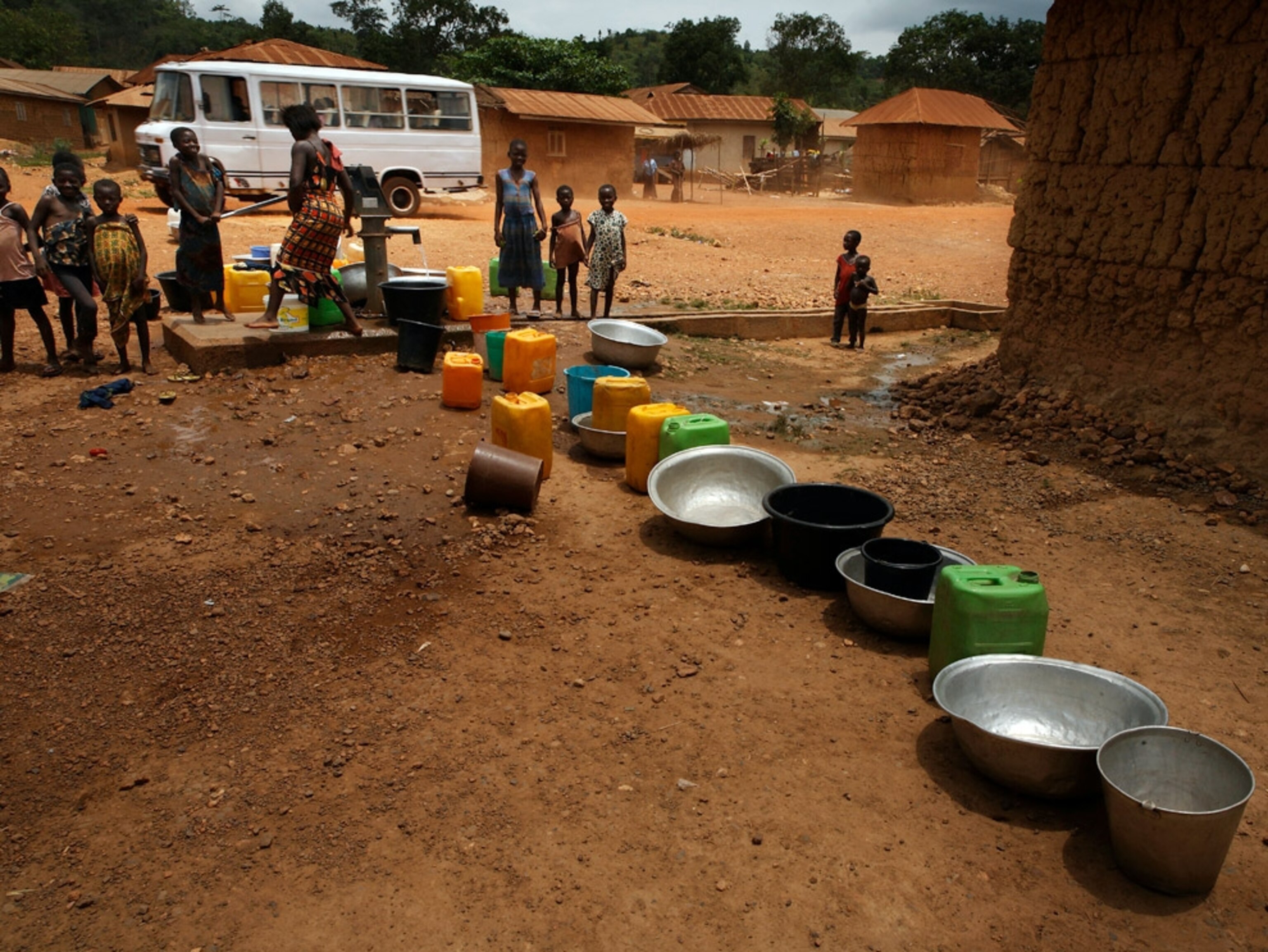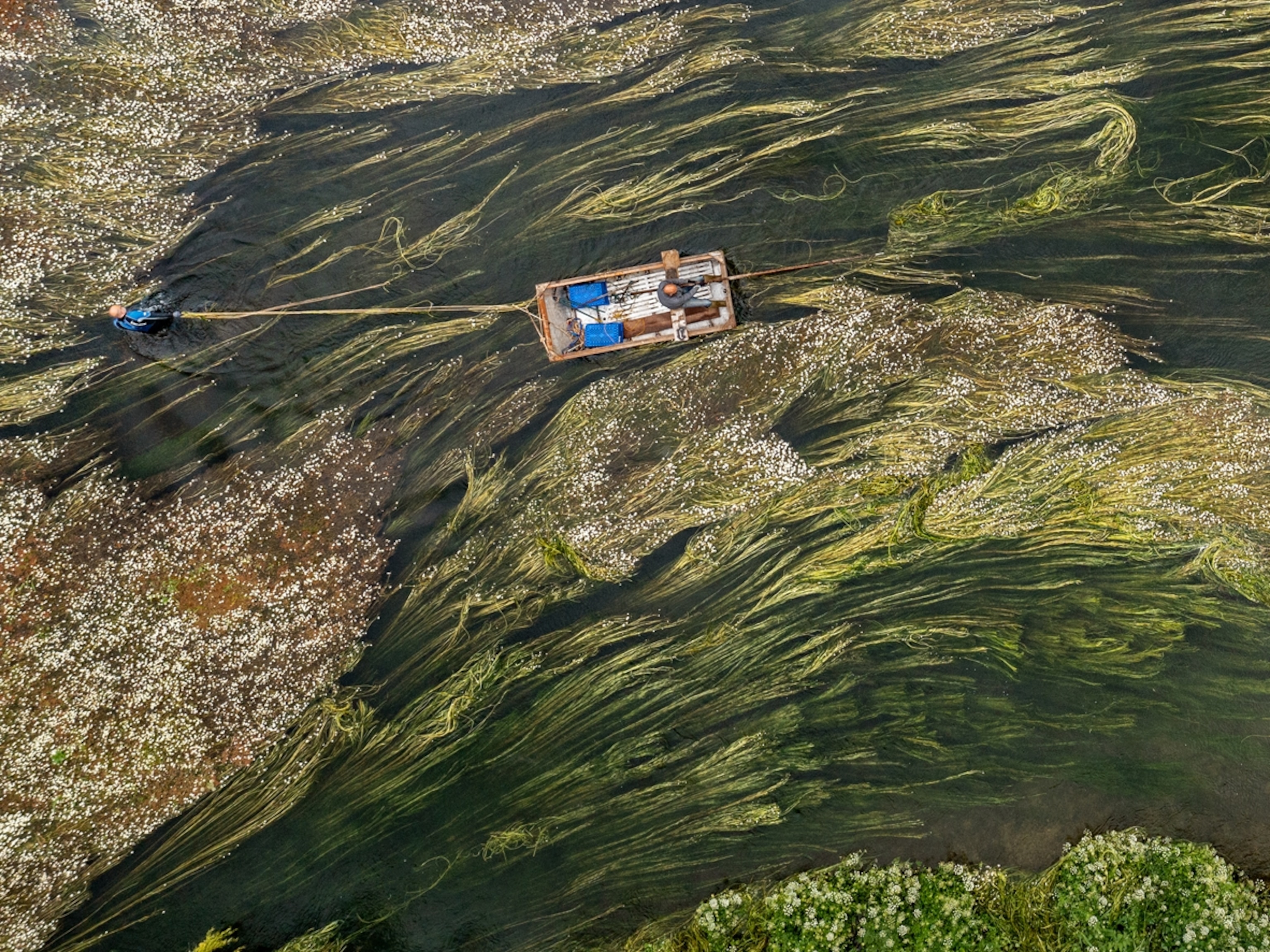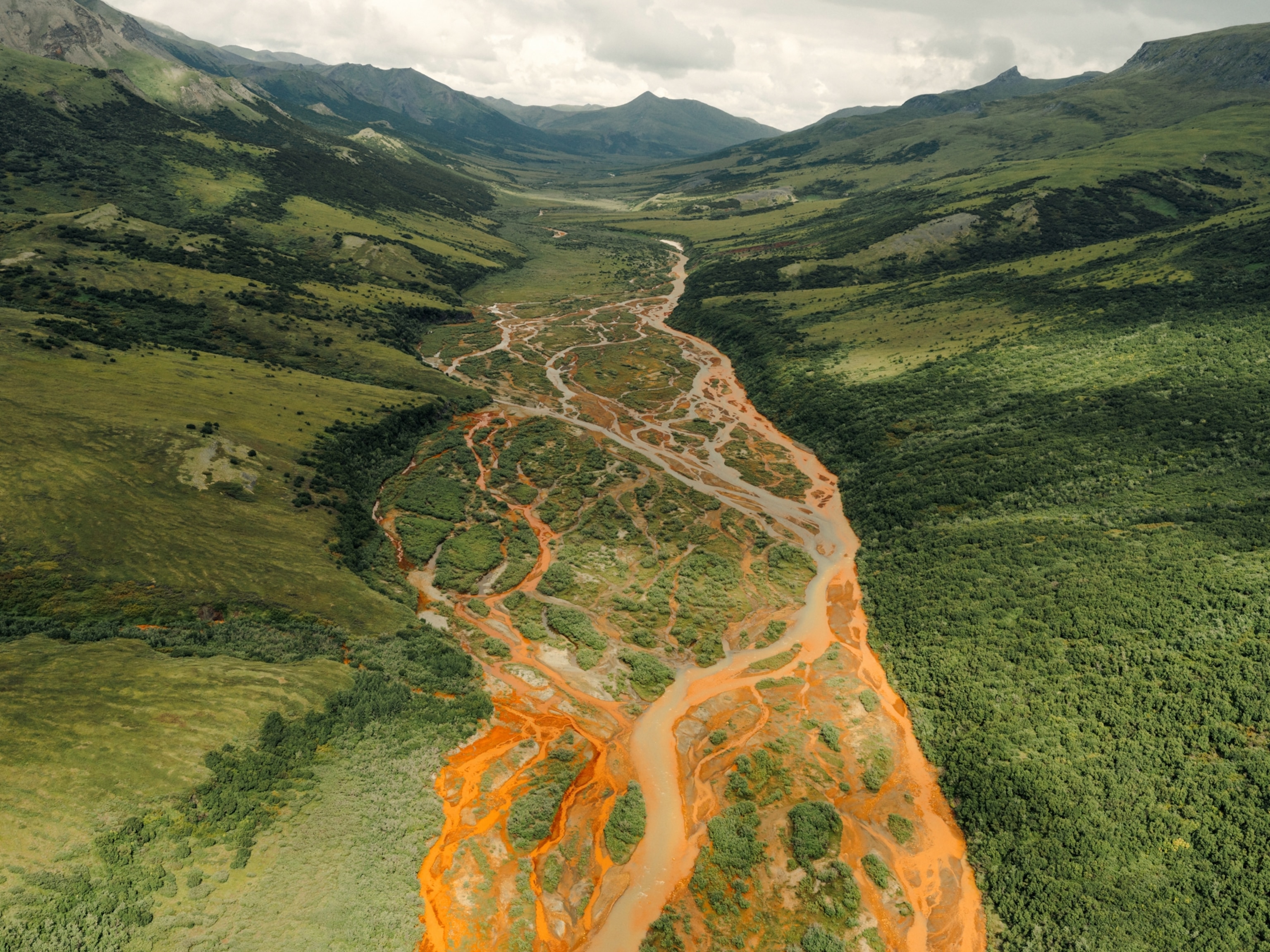
Competition and Conflict
Water Is Essential to Survival ... But Scarce
With less than one percent of Earth’s water available for drinking, sanitation, and freshwater species, it is imperative that we learn to share this critical resource.
Part of the problem, or reason for conflict, is that there is unequal distribution of the planet's usable freshwater. Six countries—Brazil, Russia, Canada, Indonesia, China, and Colombia—account for half of Earth’s freshwater supply. And even these countries often have an unfavorable ratio of water to people. For example, China has 19.5 percent of the world’s population, but only 7 percent of the renewable freshwater. Meanwhile, the United States has 4.5 percent of the world’s population and nearly 8 percent of its renewable freshwater.
As populations grow, water supplies generally remain the same—we have the same amount of water on the planet now as when the dinosaurs roamed. And as the quality of life continues to improve for people around the globe, our water demands inflate even more, with gross amounts needed to raise cattle, harvest grain, and produce clothing, electronics, and energy. Since 1950 global water use has nearly tripled.
As supplies are siphoned, and the frequency of drought increases in some regions, possibly as a result of broader climate changes, competition for water can become fierce—among people, ecosystems, and industries.
Learning how much water you use, and then learning how to conserve it, may be the best way to help ease the tension.
Fast Facts
- The average American lifestyle demands 1,800 gallons (6,814 liters) a day to support—more than twice the global average.
- Nearly a billion people lack access to safe drinking water.
- With water supplies tightening, we will need roughly a doubling of water productivity by 2025 to satisfy human needs while sustaining nature’s life-support systems.





